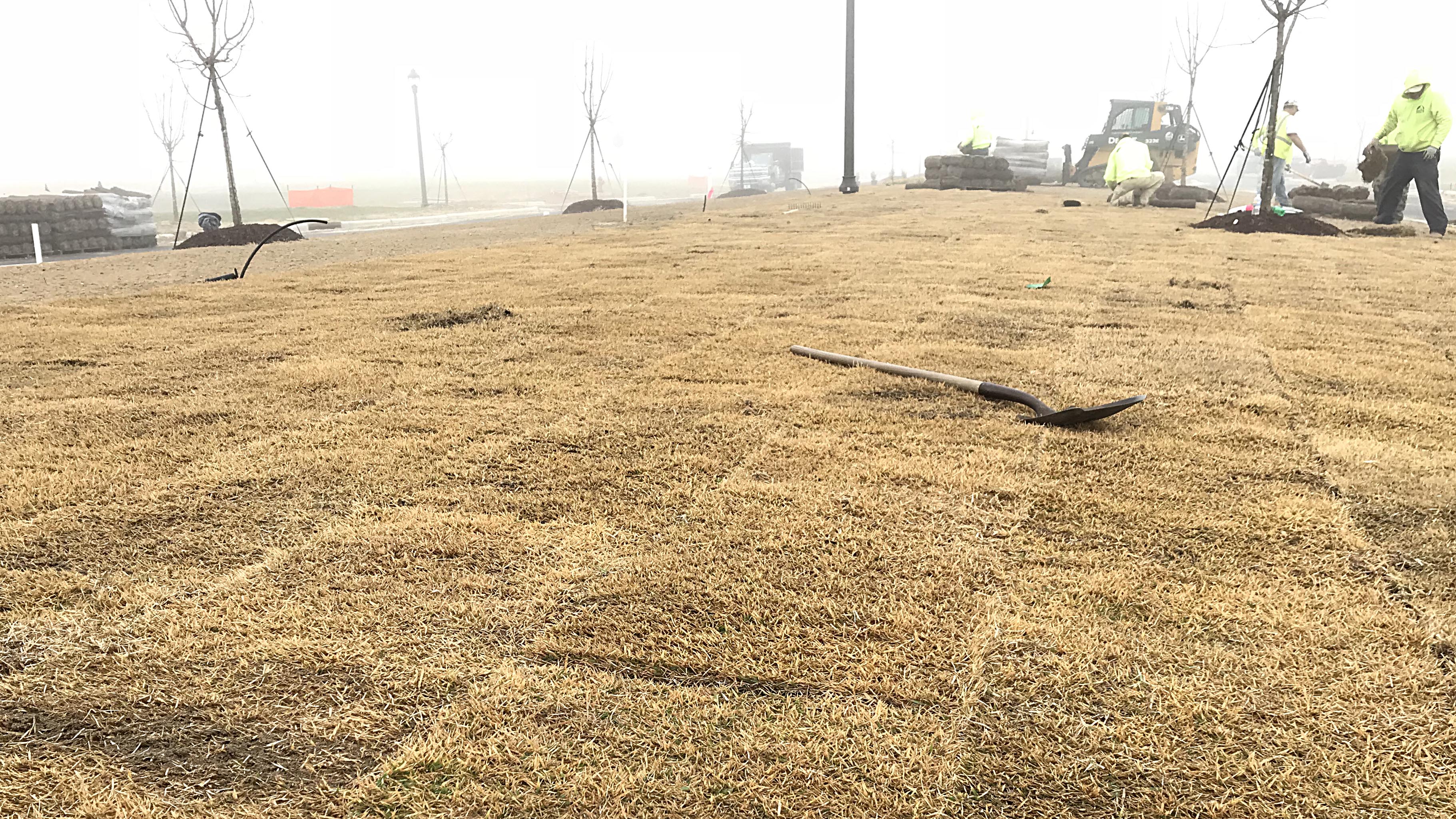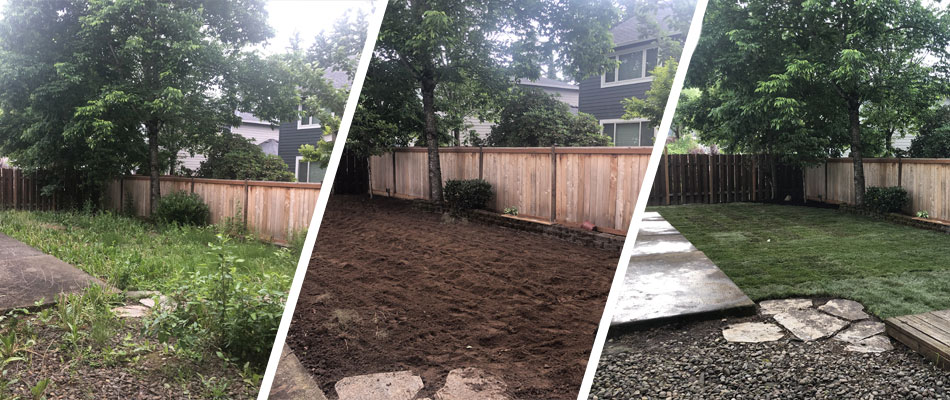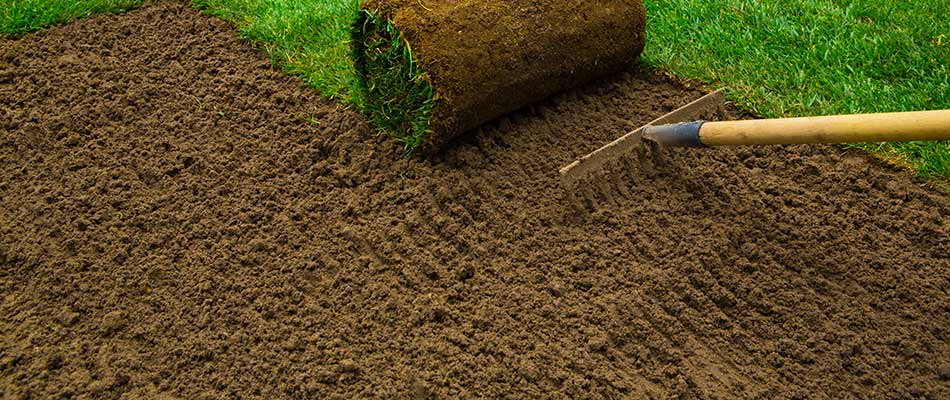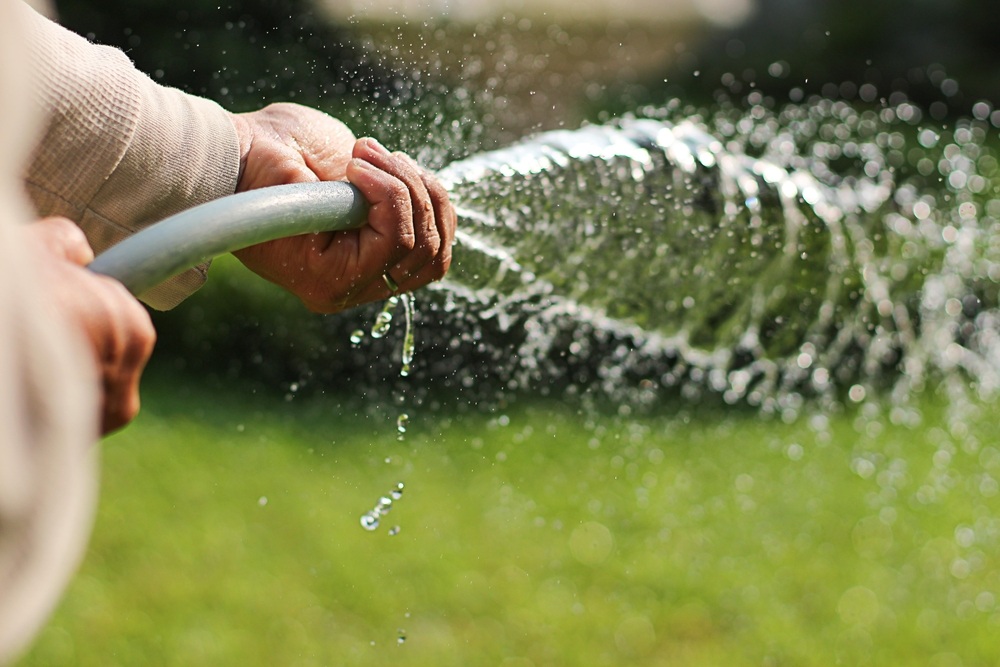How Often Should I Water New Sod In The Winter

Spring and fall may only require once or twice a week watering depending on weather conditions.
How often should i water new sod in the winter. Just as in the spring and summer youll need to water sod immediately after it is installed. Watering Sod through the Winter. If you get a day of warmth or rather a few hours where the water wont freeze immediately go ahead and water and water deeply.
Cut water back during the winter sometimes your lawn will only require watering once or twice a month depending on weather conditions. In fact you need to provide 2 to 3 cm of water to the top sod and ensure the original soil underneath the turf is also moist. The soil should be soaked through when watered.
You can irrigate fewer times if the temperatures are not high and it is not sunny. The new roots have not taken the time to grow and as a result they have the good possibility of freezing. Always monitor the new lawn health every day and during the day if possible for the first week or two at least and always be ready to apply an extra watering as is required and at any time the new Saint Augustine sod shows any sign of stress or wilting or other poor lawn health developing.
Never let the sod dry out completely. However this moisture right here is meant to extend to underneath the sod as it would encourage the sod to take root and newly laid sod should be given at least one inch of water early in the mornings every day. Irrigate immediately after laying the new sod.
The problem will occur when the new sod is laid down. However you still need to provide enough water to keep it healthy. Overwatering for an extended period of time however can severely damage the grass and encourage disease or rotting roots.
Once installed you have about 4 to 6 hours to water it. Lastly you do not need to fertilize during winter installation. As you move toward late fall and winter you wont need.

Once installed you have about 4 to 6 hours to water it.
How often should i water new sod in the winter. As you move toward late fall and winter you wont need. Lastly you do not need to fertilize during winter installation. However this moisture right here is meant to extend to underneath the sod as it would encourage the sod to take root and newly laid sod should be given at least one inch of water early in the mornings every day.
If its not getting enough water sod will turn brown. During the winter rainfall may suffice but about 025 inches of water may be necessary each week. According to some vendors most homeowners water their sod lawns too often but not deeply enough.
When you are watering your new sod it is suggested that you use the first bottle from your Lawnifi TM New Lawn Starter Box Grow at 12 rate on your installed sod. As previously mentioned a protective coating of water allows for temperatures to freeze the water in place of the grass. That will be the last watering for the winter.
Just as in the spring and summer youll need to water sod immediately after it is installed. This article will offer you expert advice for maintaining new sod so you can enjoy a beautiful green yard for years. During the first couple of weeks following installation each watering session should last approximately 15-20 minutes at.
Always monitor the new lawn health every day and during the day if possible for the first week or two at least and always be ready to apply an extra watering as is required and at any time the new Saint Augustine sod shows any sign of stress or wilting or other poor lawn health developing. If your sod is rolled and watered properly until it roots freezing temperatures will not hurt it. New sod should be watered for a minimum of 45 minutes immediately after installation to allow both lawn and soil to gather moisture which will help with the rooting process.
If you get a day of warmth or rather a few hours where the water wont freeze immediately go ahead and water and water deeply. If it is firmly rooted you have a good chance that your sod will survive. Water your new sod at least three times a day the first two weeks for at least 15 to 20 minutes in every area of your lawn.
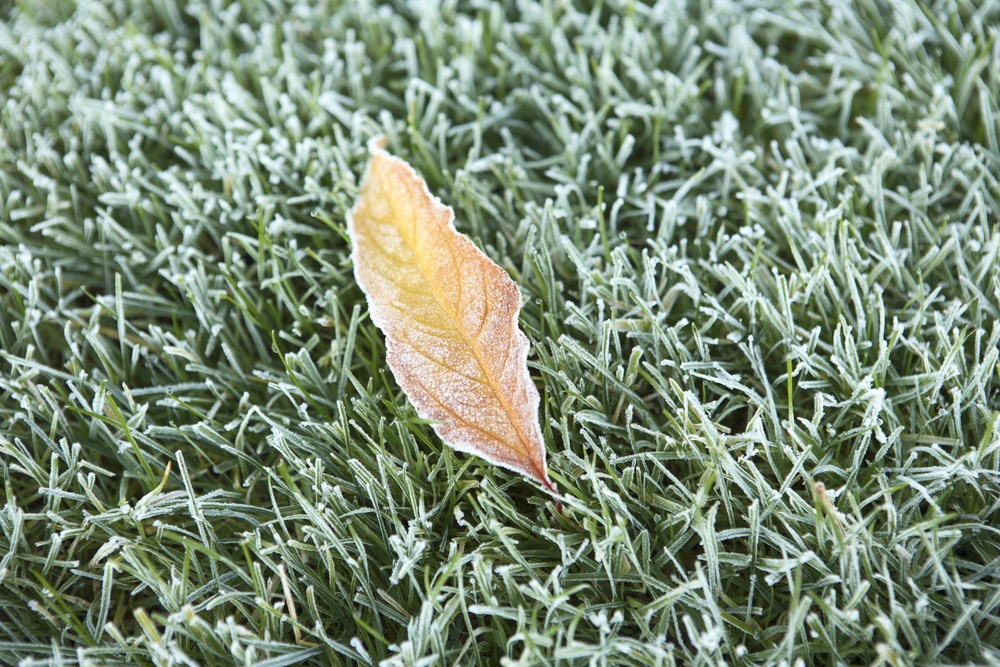
The new roots have not taken the time to grow and as a result they have the good possibility of freezing.
How often should i water new sod in the winter. Just as in the spring and summer youll need to water sod immediately after it is installed. The problem will occur when the new sod is laid down. Irrigate immediately after laying the new sod.
If you get a day of warmth or rather a few hours where the water wont freeze immediately go ahead and water and water deeply. However you may need to do this more often depending on sun exposure. The morning and late afternoon are the best times to water your lawn but remember to adjust your watering schedule to account for rainfall.
As previously mentioned a protective coating of water allows for temperatures to freeze the water in place of the grass. However this moisture right here is meant to extend to underneath the sod as it would encourage the sod to take root and newly laid sod should be given at least one inch of water early in the mornings every day. If it is firmly rooted you have a good chance that your sod will survive.
The first two weeks after installation are critical so water the sod long enough that the water gets down to the roots and the soil underneath them. This does away with air pockets and helps prevent roots from drying out and winter damage. You can irrigate fewer times if the temperatures are not high and it is not sunny.
As you move toward late fall and winter you wont need. This should be enough so that your lawn gets a solid six inches of watering per cycle. About 025 inches of water a week should be enough.
Always monitor the new lawn health every day and during the day if possible for the first week or two at least and always be ready to apply an extra watering as is required and at any time the new Saint Augustine sod shows any sign of stress or wilting or other poor lawn health developing. Cut water back during the winter sometimes your lawn will only require watering once or twice a month depending on weather conditions. Overwatering for an extended period of time however can severely damage the grass and encourage disease or rotting roots.
